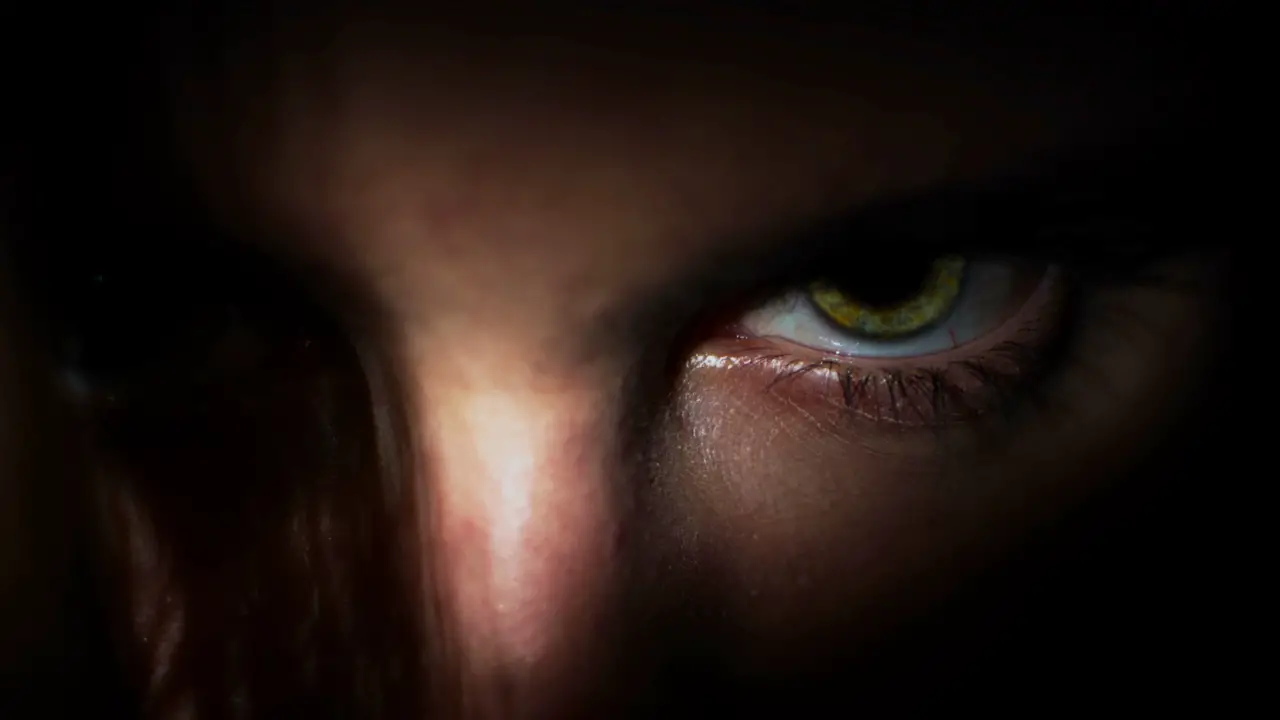By Sierra Ret
November heralds the approach of Thanksgiving, holiday-flavored Starbucks beverages, and (for loyal Marvel fans at least) the theatrical release of Thor: Ragnarok. Since Kingdom Pen's topic for October is villains, it seemed appropriate to write a piece on Loki Laufeyson, one of the best-loved villians in modern films.
Though Loki takes a backseat to his brother on the silver screen (a movie hasn’t been named after him yet, while Thor has three), his cult following is more expansive and active. Loki fanfiction nearly doubles that of Thor, and over 100,000 more pieces of artwork are tagged “Loki” on DeviantArt. His admirers’ willingness to overlook his heinous crimes is worrying, but this denotes our culture’s moral degradation rather than mistakes on the part of his writers.
For those of us who struggle to move beyond two-dimensional villains with paper-thin motivation, Loki stands out as a dynamic character who alternatively earns sympathy or evokes disgust. Let's examine the traits that render his story so compelling.
1. The Ideal Foil
Loki often serves as a foil character to Thor. KP's editor-in-chief Josiah DeGraaf defines a foil as "someone an author sets in contrast to another character (normally the main character) in order to highlight certain virtues or flaws of one or both of the characters."
This can be seen throughout the first movie. While Thor relies on brute strength to battle his way out of situations, Loki prefers to use his famed silver tongue. Thor eventually heeds Odin's advice to strive to end war, while Loki tries to annihilate a nearby planet in a misguided attempt to earn his father's approval. Most significantly, Thor chooses to love a mortal and unite with his friends from Earth, while Loki deliberately cuts himself off from his family and fights only for himself.
One of the most powerful advantages of a foil is that it allows you to advance your story's themes through positive and negative character examples without being preachy. Thor's repeated victories over his brother clearly evidence this.
2. Justifiable Actions
Empathizing with a person you don't understand is impossible. Villains who relish torturing victims will never garner an audience’s sympathy because people can't relate to that vice. But when a villain struggles with more human flaws such as envy or resentment, then rationalizes his actions logically, you have a recipe for a compelling character.
When Loki refuses to rescind Thor's banishment, he argues that Thor is an arrogant war-monger unfit to be king. Since that had been true until the previous week, the audience can understand Loki's decision. Even when Loki lets the frost giants into Asgard for the purpose of ambushing them, this is somewhat defensible as a clever way to defeat enemies. Many of his later actions are obviously inexcusable (attempting to kill his brother, faking his own death, inviting violent aliens to invade the Earth so he could rule it, etc.). However, because we can empathize with Loki and agree with some of his choices while deriding the others, he becomes more intriguing than a purely evil villain.
But how can you help readers understand your villain without scripting a cheesy scene where he expounds every detail of his evil plan and tragic backstory instead of killing the hero? One avenue to avoid this cliché is to spend time in your villain's POV. This immerses readers in his personality, thought process, and even the inside of his fabled evil lair. Another option is to have characters who knew the villain before he turned share details about his former life (Brom from Eragon and Obi-Wan of Star Wars both do this for their charges). The extra effort you put into disclosing the information readers need to understand your villain will be well worth it.
3. Charisma
Many authors tend to exclusively focus on fleshing out their protagonists. After all, that’s who the audience will be rooting for. Authors lavish heroes with all the victories, witty banter, and character quirks they can dream up, and the poor villains are left with little more than a preference for black clothing.
Loki’s notable style, refined wit, and fondness for reading makes him distinct. His snarky commentary on his brother's bumbling pilot skills during their escape from Asgard in The Dark World was hilarious, and he takes fiendish pleasure in turning the Avengers against each other in their movie with his words. Thor may outshine his brother in both physical and moral strength, but he has nothing on Loki's charisma.
Give your villain room to be human. Even the most wicked individuals can have a sense of humor or enjoy apple crumble. If you're struggling to flesh out your antagonist, conduct an interview with a character checklist from Pinterest or even draft his will. The latter is particularly inspirational, because you get to identify your villain's most prized possessions and who he would leave them to.
4. Downward Spiral
Loki's character arc is in constant motion as he vacillates between aiding and sabotaging his family. While we have yet to see if he will redeem himself or continue his downward spiral, so far he has shown increased moral decline. When Loki first prevented Thor from ascending to the throne, that could be considered justifiable due to Thor's initial unfitness to rule. But when Loki, disguised as their father Odin, offers it a second time and Thor refuses out of humility, Loki should have recognized his brother's change of heart. Instead, he keeps the throne for himself, adding it to the lengthy list of previous misdeeds.
Protagonists cannot remain the same from the beginning to the end of a story. They must make mistakes, experience the consequences, and hopefully grow. The same is true of villains, except they may improve their proficiency in evil. An antagonist’s character arc does not need to be developed to the same extent as your hero's, but it must exist.
Writing the Truth
Our society's trend to build cult followings around characters like Loki or Moriarty of BBC's Sherlock is disconcerting. It is almost enough to push principled writers to only create despicable villains no one could admire or empathize with.
But ultimately an author is not responsible for his audience’s behavior, provided he hasn’t glorified sin. It’s impossible to predict which characters will attract a cult following; the idolization of real-life school shooters in dark corners of the internet is evidence enough.
Our stories must contain villains, for fiction that does not somehow depict the clash between good and evil is not a story at all. Nor can villains always be purely evil, for the truth of this fallen world is that evil is not always embodied in an ugly face. Our loved ones, for all their redeeming qualities, do betray us and cause us pain. Let us therefore aim to portray villains as humans, which means emphasizing their uniqueness and need of redemption.
Check Out These Articles to Learn More About Writing Unique and Riveting Villains:
The Dread Factor: Dos and Don’ts of Writing Villains
Beyond the Evil Overlord: Three Dynamic Character Arcs for Villains
How Villains and Side Characters Can Deepen Your Protagonist’s Character Arc
Three Reasons to Make Your Villain Sympathetic (and Two Dangers to Avoid)



Great article Sierra! I really enjoyed this one, and a lot of this will be helpful; I have way too many villains…
Thanks! Too many villains is probably not the worst writing problem you could have I think. Wouldn’t want to make things too easier for your protagonist after all 😉
“The poor villains are left with little more than a preference for black clothing.”
Oh dear. 😀
Oh dear indeed 😀
“His admirers’ willingness to overlook his heinous crimes is worrying, but this denotes our culture’s moral degradation rather than mistakes on the part of his writers.”
This is true. I personally do like Loki as a character, but I am not willing to overlook his crimes. Rather, I hope that he will turn to the right side and be a character with moral standards and choices that I can agree with (although I’m doubtful this is going to happen). I do, however, think that he is exceptionally well-written, as it’s very hard to create a villain who is more likable/liked than your protagonist.
Thanks for this thoughtful article, Sierra! You’ve given me a lot to think about.
*checks ‘Make Maya Think’ off to-do list* You’re welcome 🙂 You’re in good company here if you’re waiting for unlikely-but-still-possible character redemptions.
*cough* Kylo Ren *cough*
Agreed.
I love this so much. (Used the correct villain to get me interested XP) This makes me feel good because I’m doing at least 2/4 of these. 😀
Yes, that was totally deliberate. Let’s go with that 😀 And incorporating 2/4 of these traits will probably set you up quite nicely.
I love it! This is an amazing article and will definitely be helpful when I’m planning my villains.
*tips nonexistent cap* Glad to be of service.
“The snarky commentary…” *pauses* *reminds myself I’m reading about Loki*
Brilliant points as always, Sierra 🙂 Writing villains seems to be a particular strength of yours.
P.S. Your self reference there was beautiful.
P.S. It was, wasn’t it.